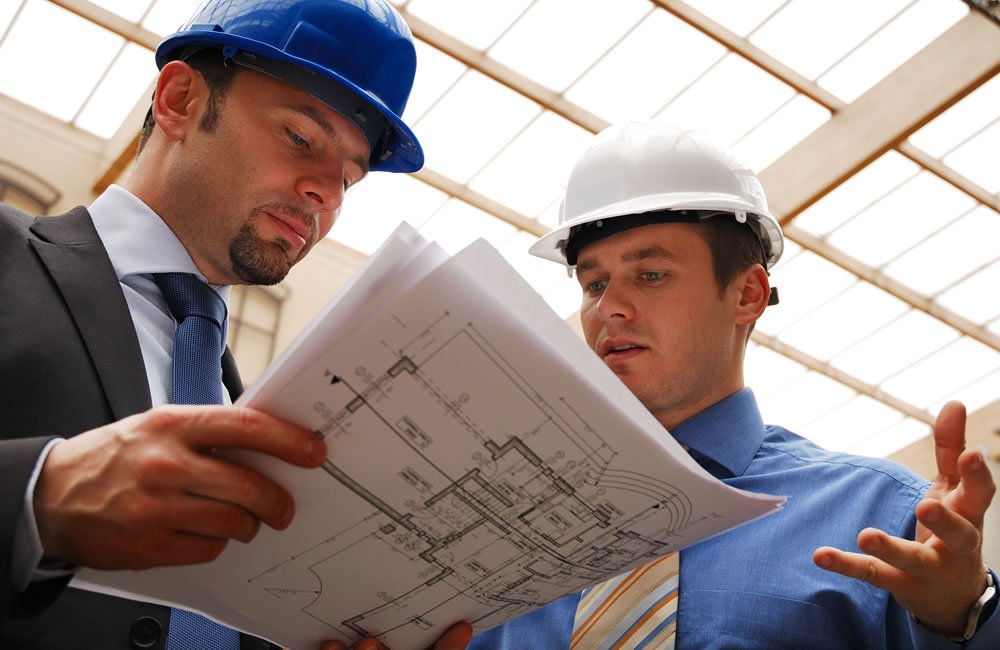The Function and Affect of Property Developers in Shaping City Landscapes
The Function and Affect of Property Developers in Shaping City Landscapes
Blog Article
Developers of property are the backbone of the real sector, guiding the creation, transformation, and improvement for urban environments. With their vision, expertise and expertise in finance they orchestrate the growth of commercial, residential, and mixed-use properties, shaping the foundation of our cities. Recognizing their vital role and impact is essential in understanding the dynamics of the real estate industry.
At the center of property development lies the desire to envision and bring into existence spaces that can cater to the demands of the society. Developers start projects based on research into the marketplace, trends in population and plans for urban development. Their analysis determines the viability and long-term viability of the ventures guiding decisions on the location, style, and amenities. It doesn't matter if it's commercial, residential or mixed-use development, their ability to anticipate the future demands shapes the character of their communities as well as drives the growth of their economy.
The execution of a development project is a meticulous process that requires preparation, coordination as well as resource management. Developers of property manage a team comprising engineers, architects, contractors, and subcontractors in order to create their vision. They manage every aspect of the construction process, starting with site preparation and the development of infrastructure, to building construction and the finishing of interiors. It requires a strong abilities in project management to manage complicated issues such as budget constraints regulations, budgetary constraints, and unanticipated problems. Moreover, developers must ensure that the construction process is compliant with high-quality standards, safety regulations, and sustainability guidelines, which reflects their commitment to sustainable value creation.
Moreover, the environmental impact of construction projects can't be overlooked. Developers of property are under increasing demand to develop sustainable strategies that reduce carbon footprint in their development, protect green spaces and increase energy efficiency. Sustainable design features such as green roofs, rainwater harvesting systems, and LEED certification are now standard elements in new developments. Beyond compliance with regulations, developers are recognizing the benefits that can be derived from environmentally green initiatives. This includes economic savings, increased market competition as well as a positive perception of the public. To receive new information kindly go to Akisama
The performance of a development project does not rely solely upon its physical features, however also on its market positioning and branding. Developers employ innovative marketing techniques to distinguish their projects and attract either tenants or buyers. That means creating engaging narratives as well as visual identity and sales campaigns that resonate with the target audience. If it's luxury condos targeted to affluent buyers or affordable houses geared towards first-time homebuyers Effective branding is crucial to drive sales as well as maximizing returns on investment. Developers also leverage technological advancements as well as social media to expand their reach and interact with potential clients to stay competitive in a fast-moving market.
In spite of the challenges Property developers are now taking on the principles of responsible, inclusive development. Many are integrating sustainable design practices, energy-efficient techniques, and green spaces to their developments, helping reduce carbon footprints while improving the overall quality of life. In addition, the process of community involvement as well as stakeholder involvement are becoming important to planning projects as well as fostering transparency and solving local issues.